
Striking images of solar flares that occurred over the last two days
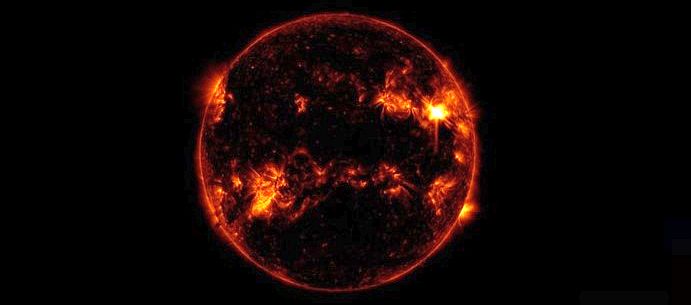
Yesterday, March 31, “Old Sol” let loose with what space agency officials characterized as a “mid-level” solar flare which peaked at 2:35 p.m. EST. NASA’s Solar Dynamics Observatory, which watches our Sun constantly, captured an image of the event.
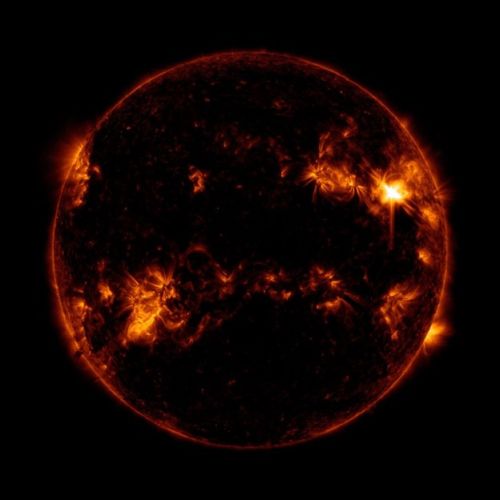
Solar flares are powerful bursts of energy. Flares and solar eruptions can impact radio communications, electric power grids, navigation signals, and pose risks to spacecraft and astronauts.
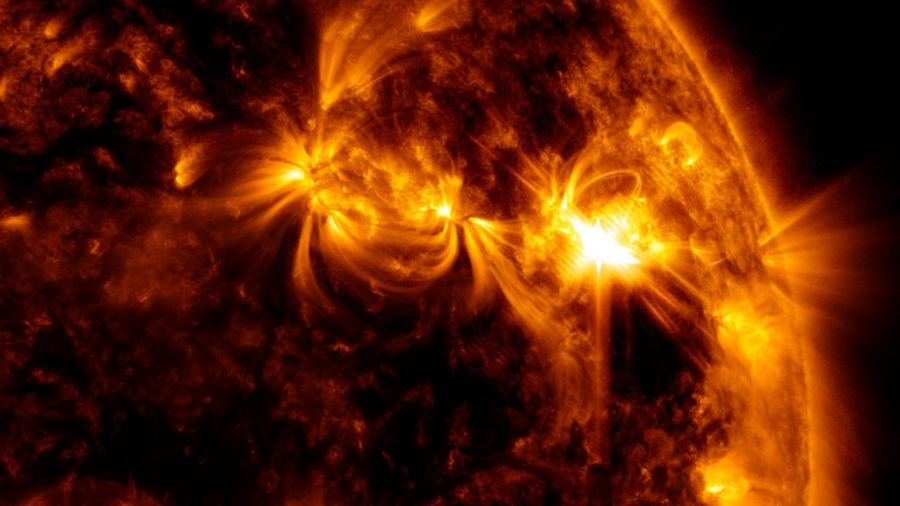
This flare is classified as an M-Class flare. M-class flares are a tenth the size of the most intense flares, the X-class flares. The number provides more information about its strength. An M2 is twice as intense as an M1, an M3 is three times as intense, etc. More info on how flares are classified can be found here.
Not to be outdone, one day earlier than the event above, on March 30, the Sun emitted another solar flare, with the March 30 eruption deemed as being a “significant solar flare” that peaked at 1:35 p.m. EST. NASA’s Solar Dynamics also caught the extraordinary image of that event.
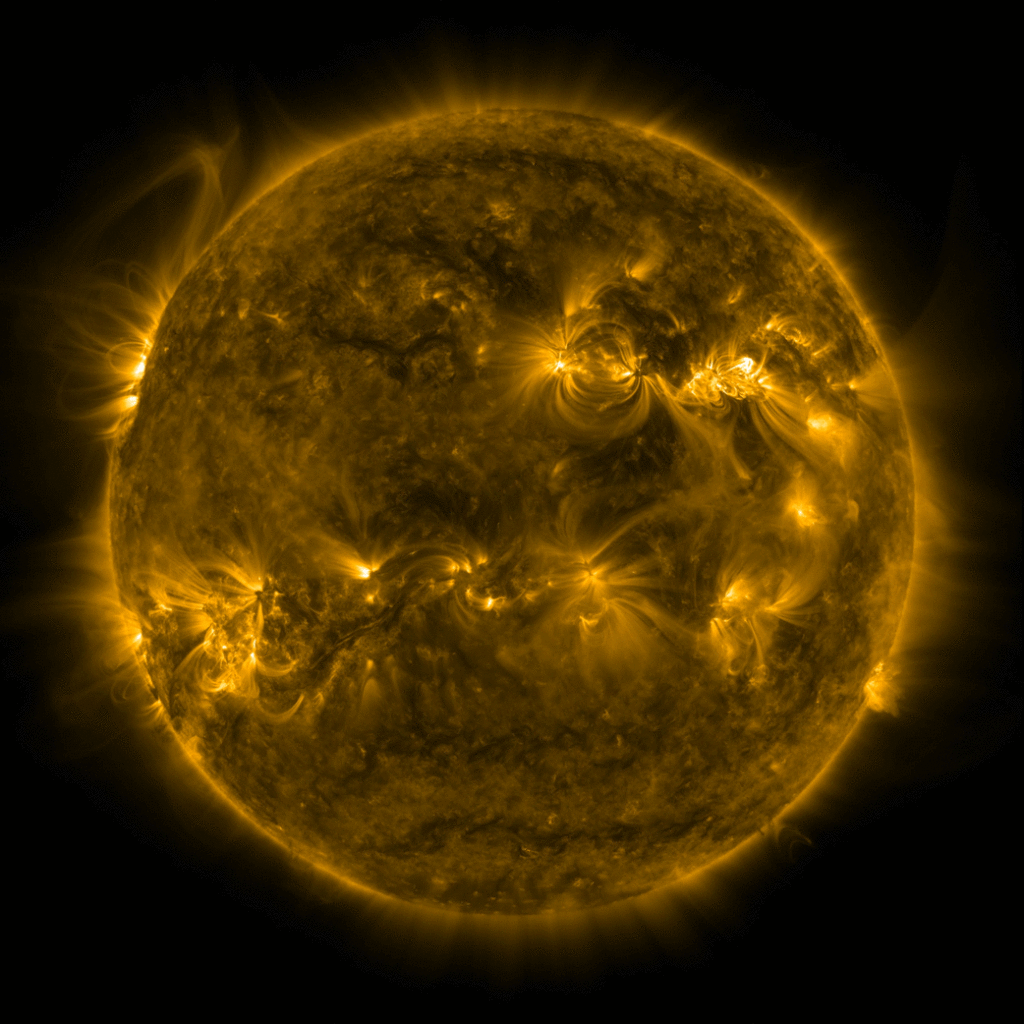
This significant flare is classified as an X-Class flare. X-class denotes the most intense flares, while the number provides more information about its strength. An X2 is twice as intense as an X1, an X3 is three times as intense, etc. More info on how flares are classified can be found here.
Prior to the solar flares that cut loose on the final two days of March 2021, the previous and most recent flare was another of the mid-level variety that occurred on January 20, 2022, peaking at 1:01 a.m. – per the image below.
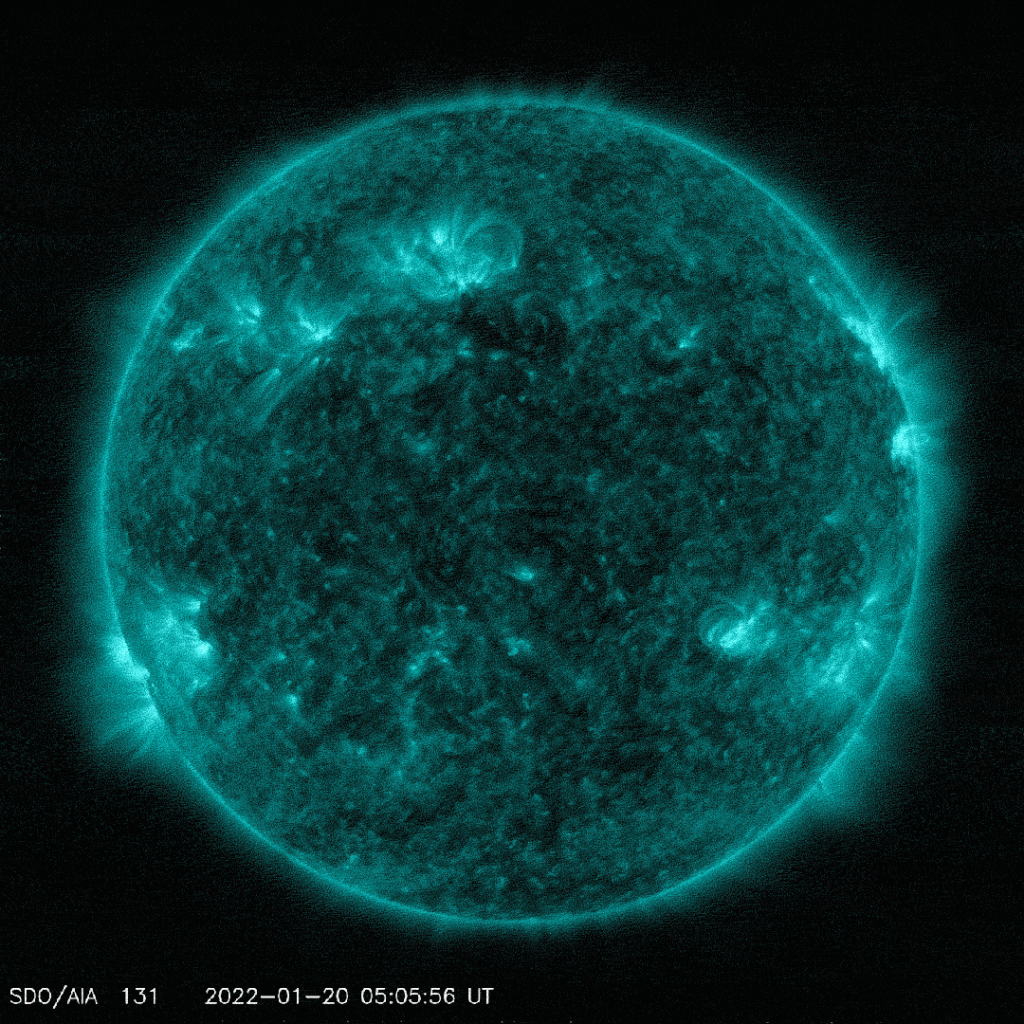
This flare is classified as a M5.5 class flare. More info on how flares are classified is available here.
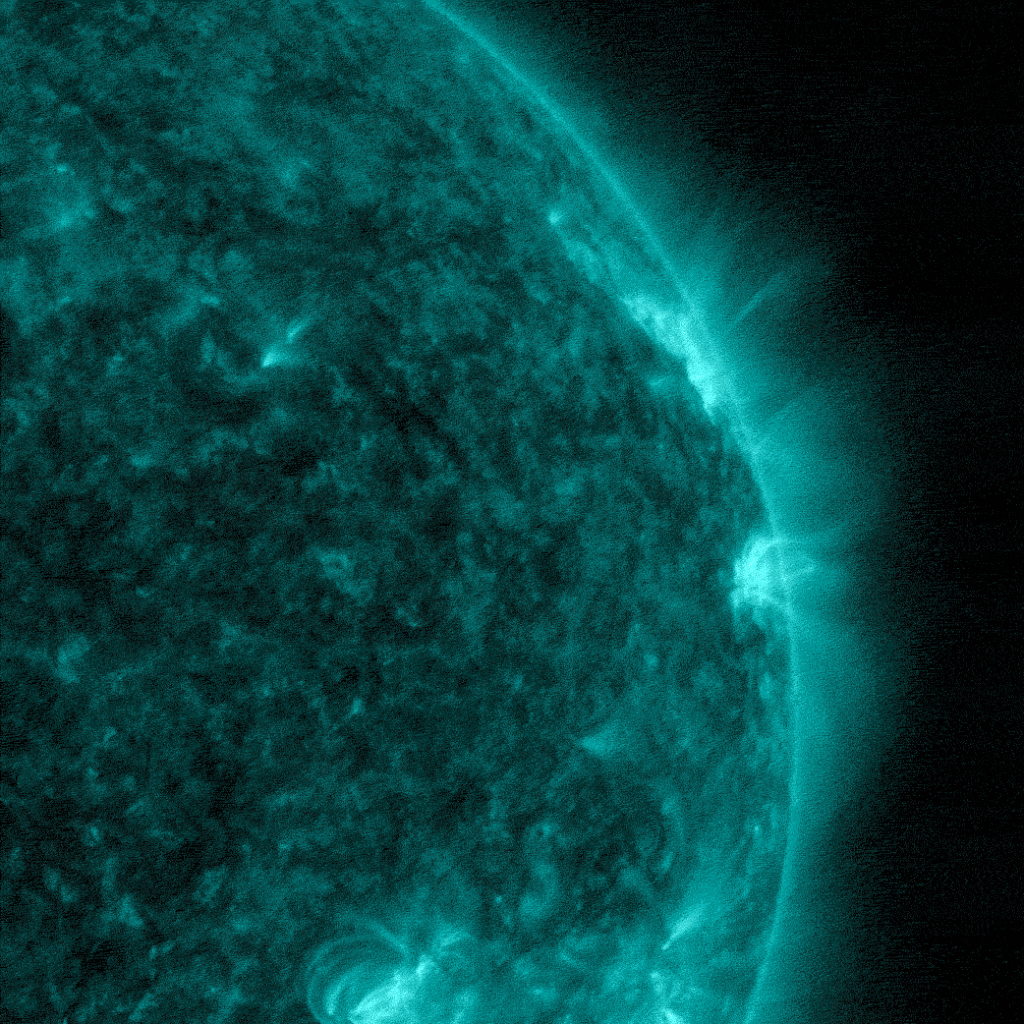
To see how such space weather may affect Earth, please visit NOAA’s Space Weather Prediction Center https://spaceweather.gov/, the U.S. government’s official source for space weather forecasts, watches, warnings, and alerts. NASA works as a research arm of the nation’s space weather effort. NASA observes the Sun and our space environment constantly with a fleet of spacecraft that study everything from the Sun’s activity to the solar atmosphere, and to the particles and magnetic fields in the space surrounding Earth.
For more on these extraordinary scientific phenomena, see the video accompanying this article.
~ Posted by Richard Webster, Ace News Today / Connect with Richard on Facebook and Twitter






